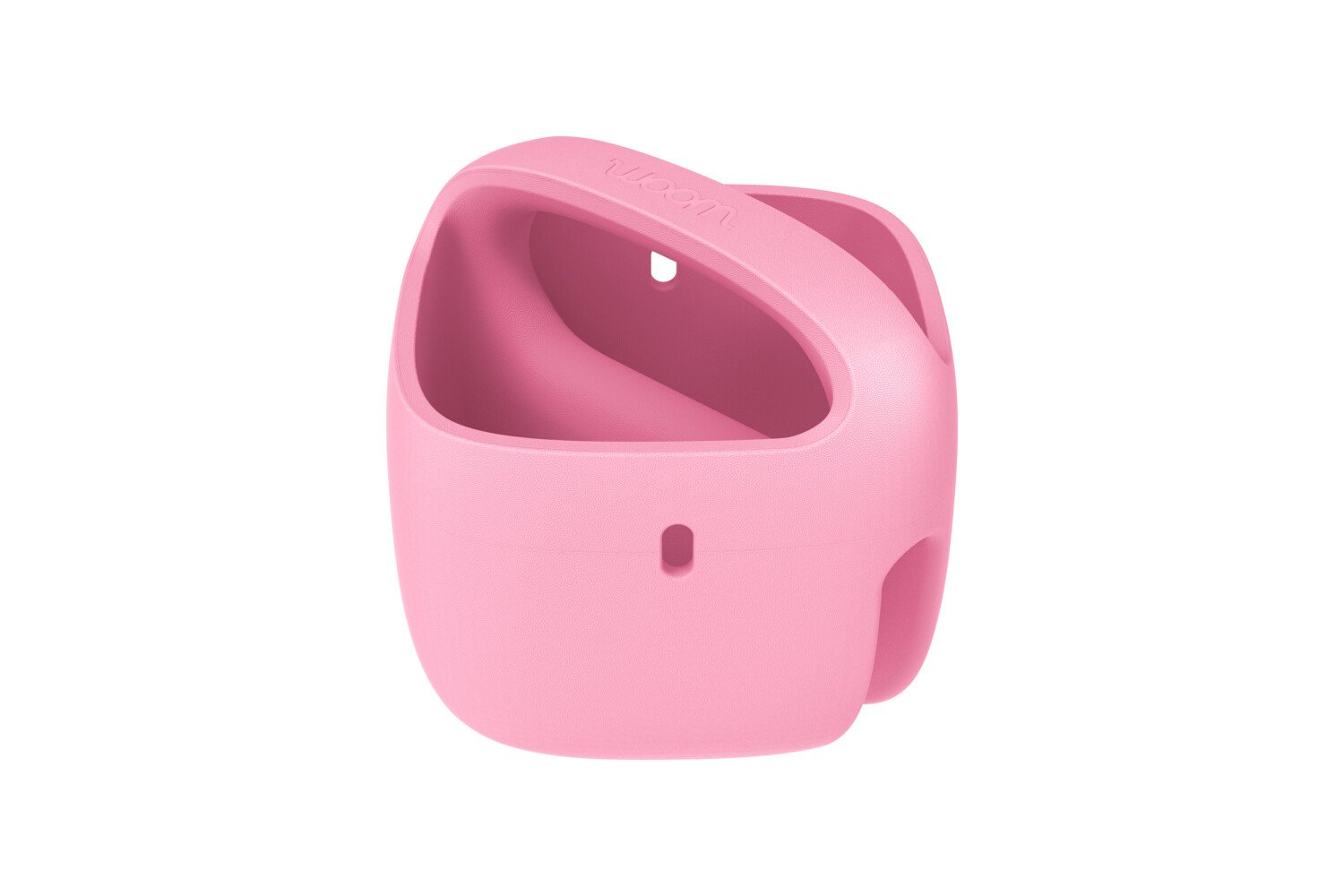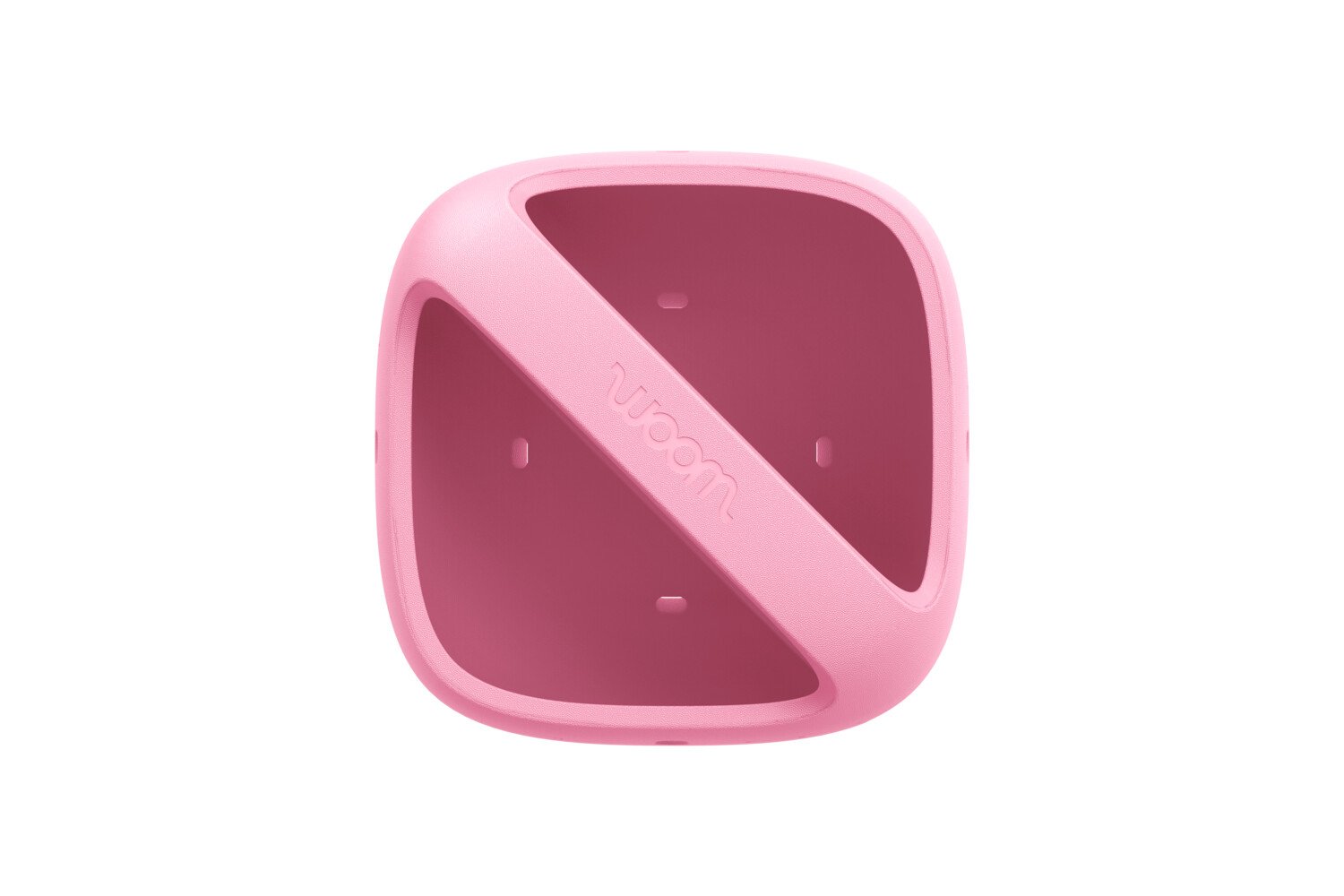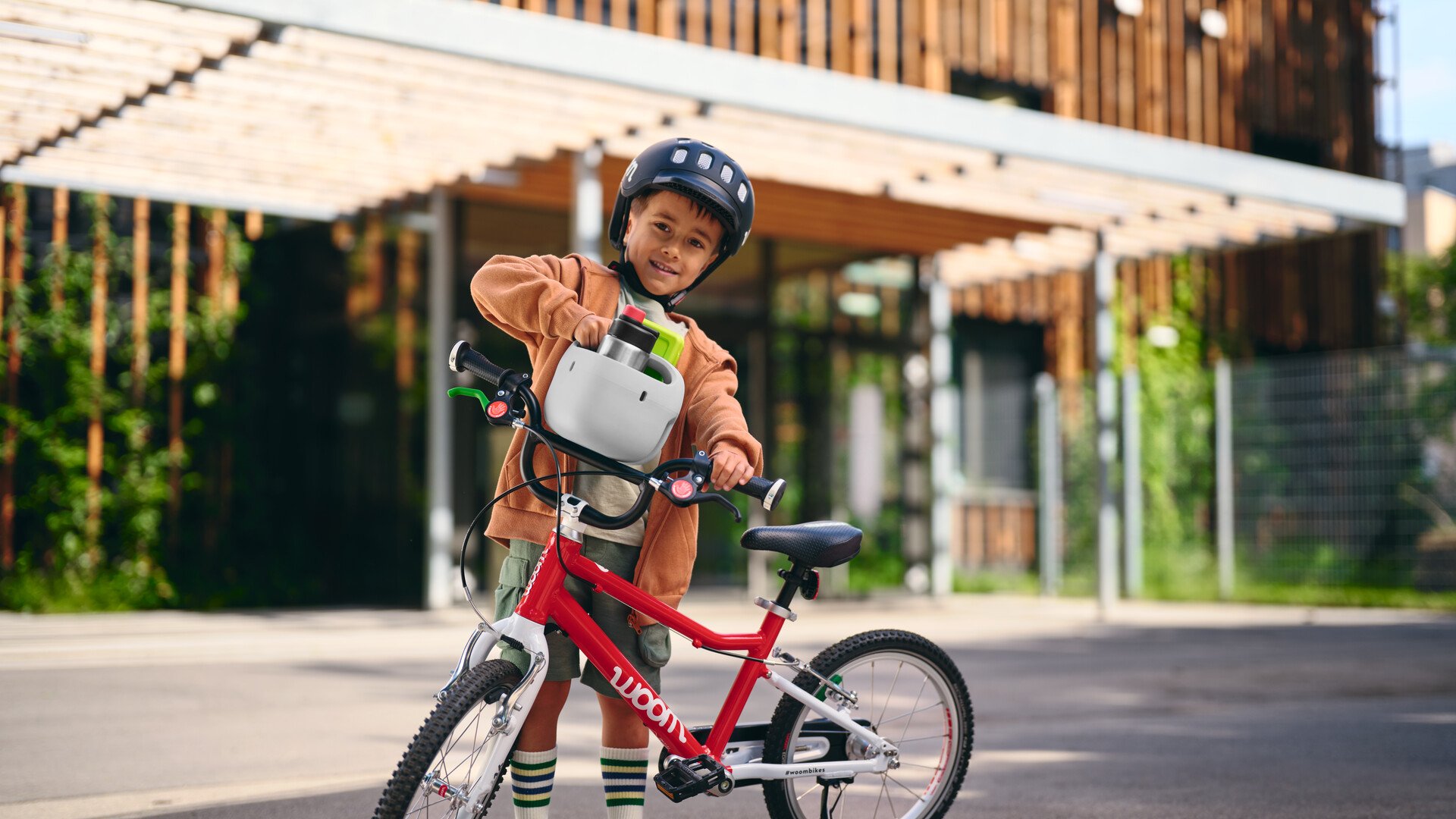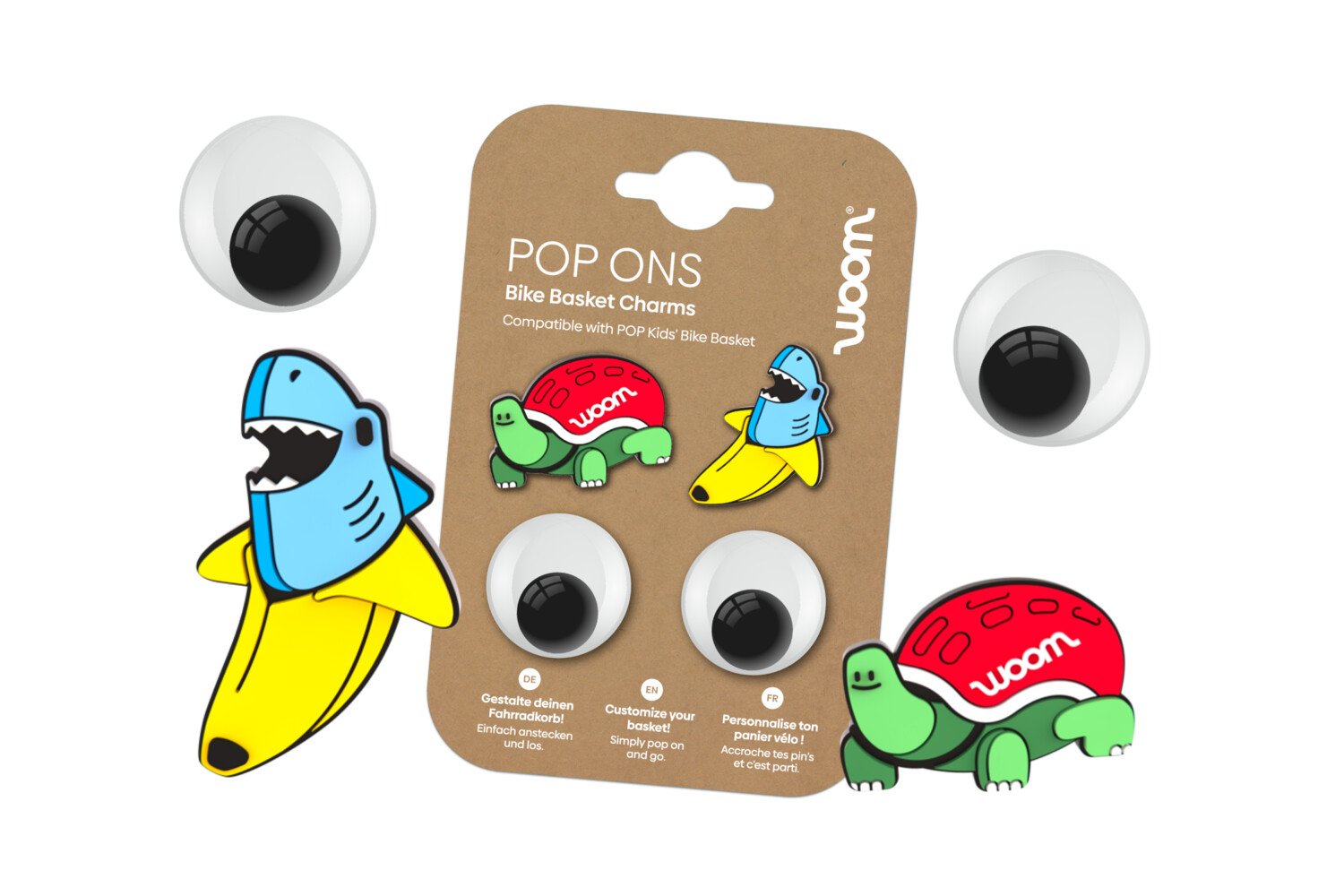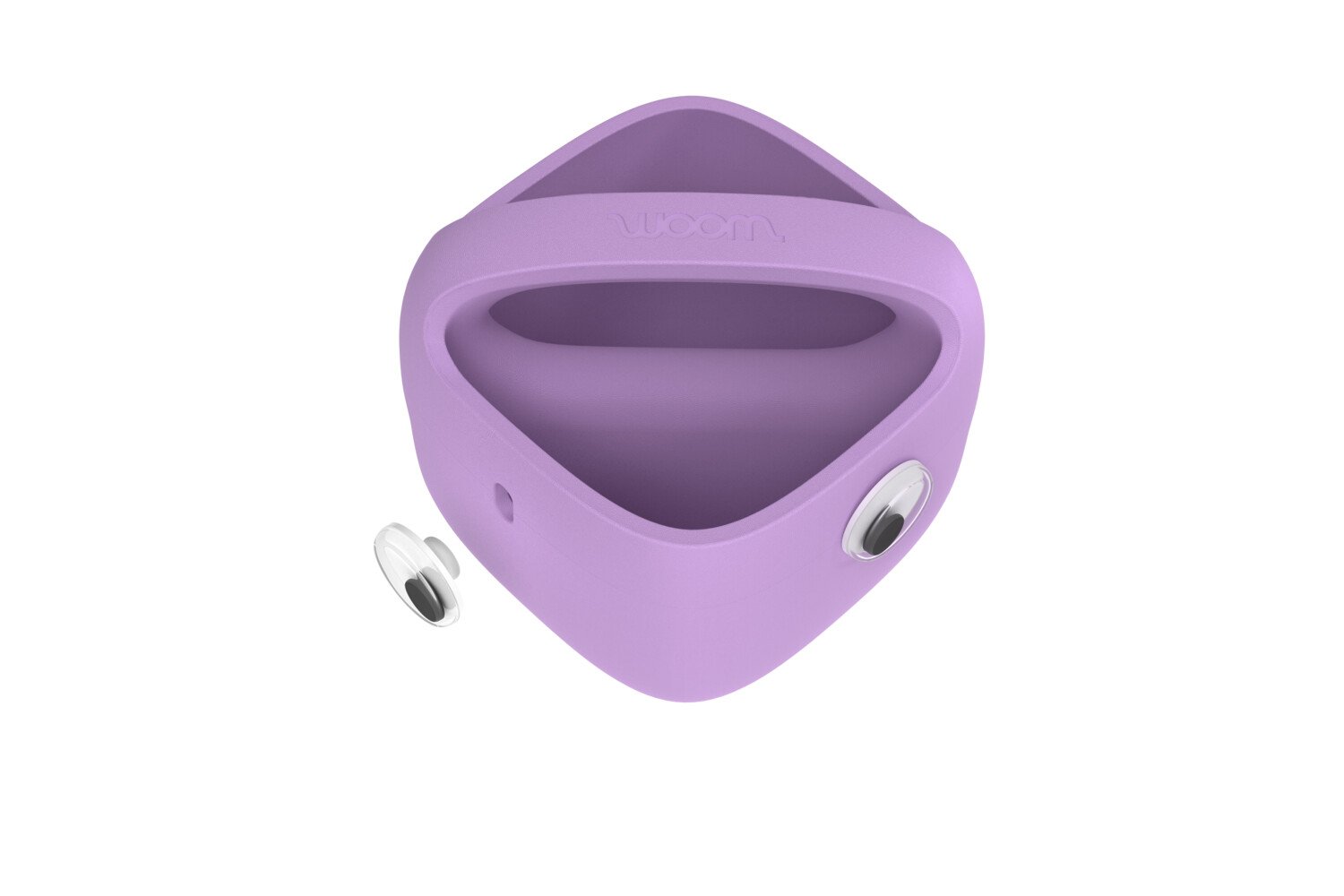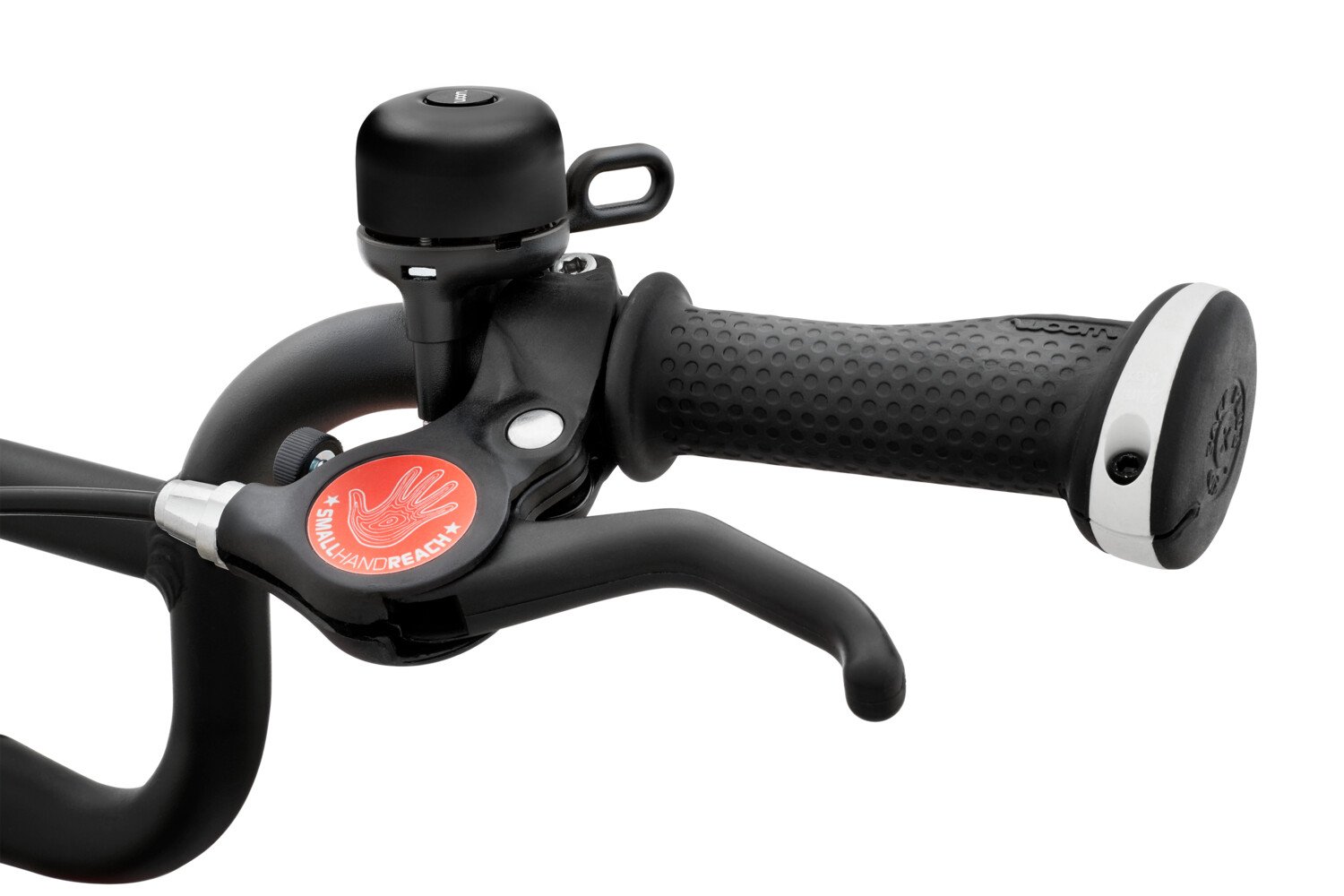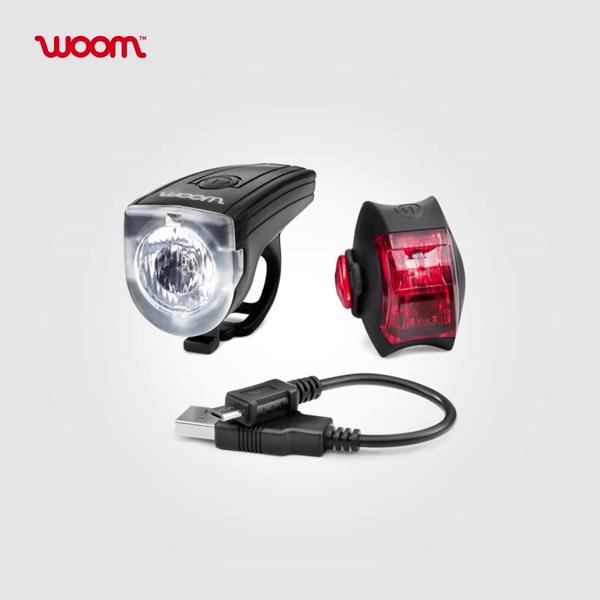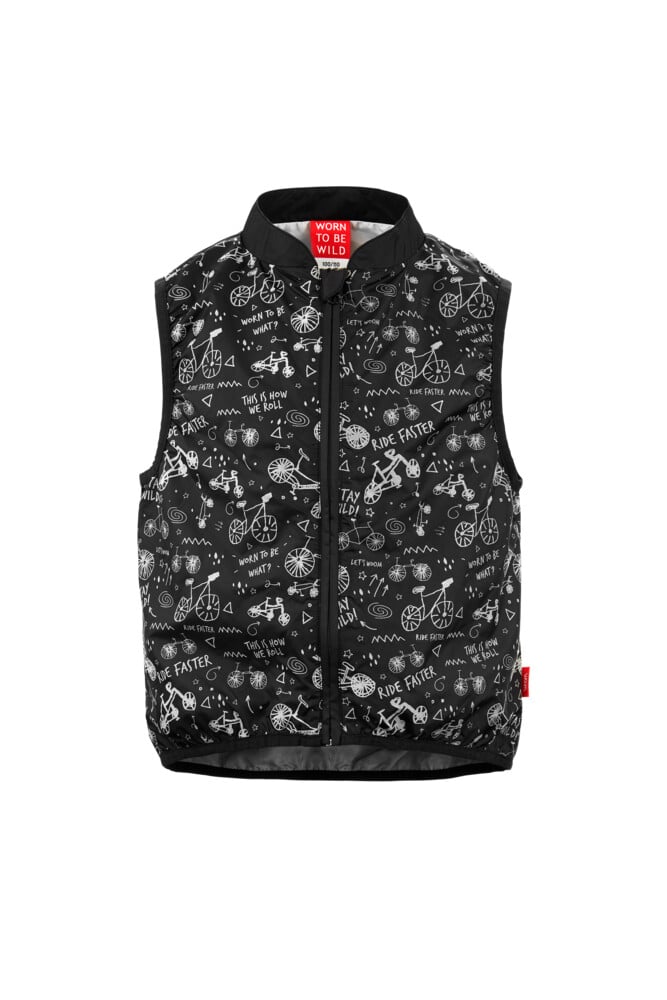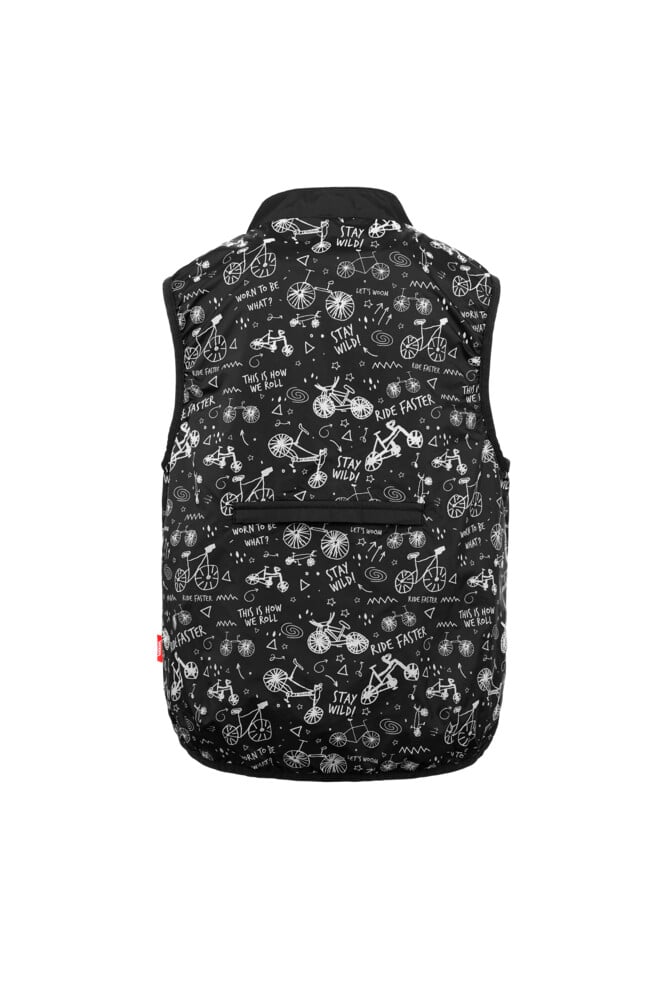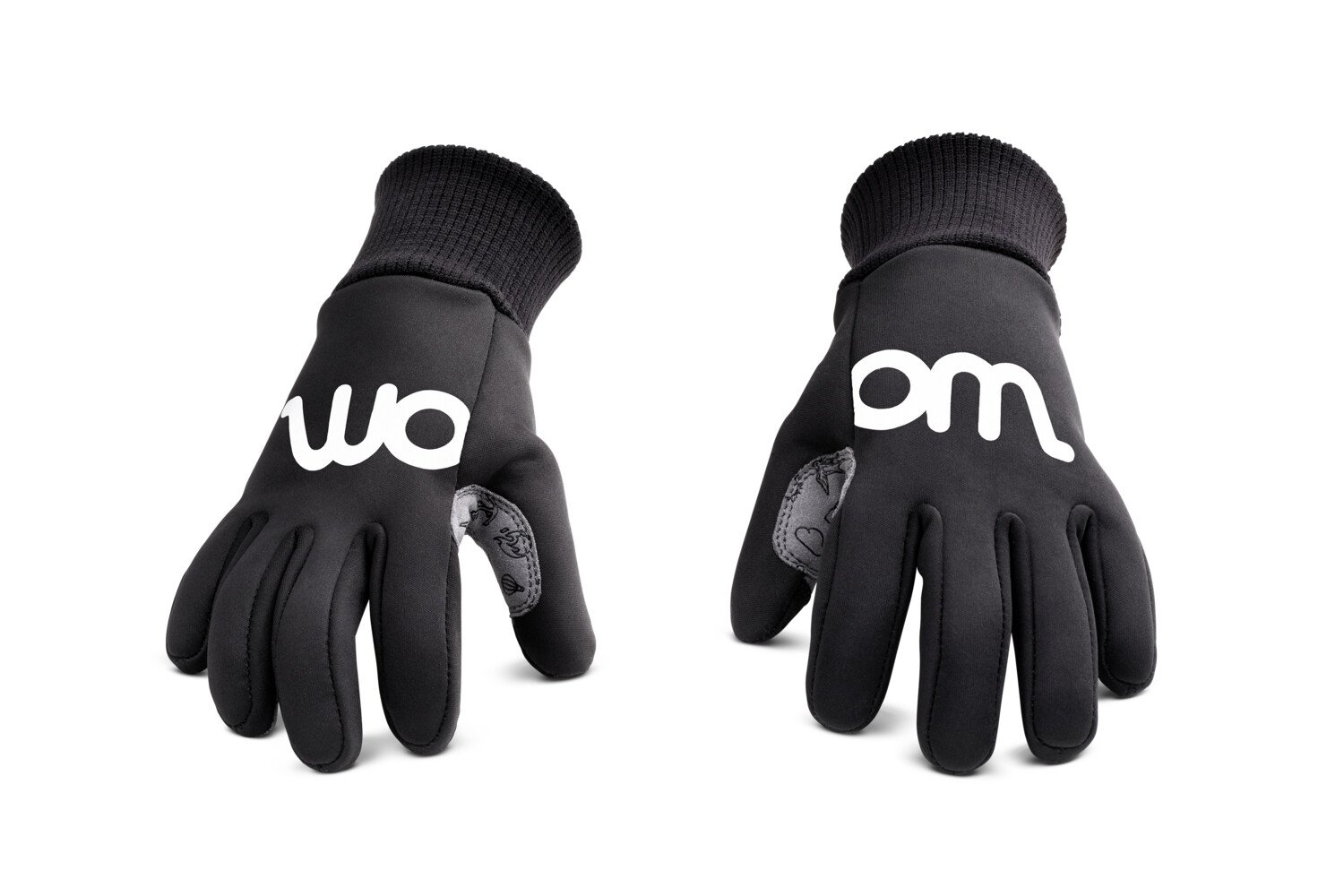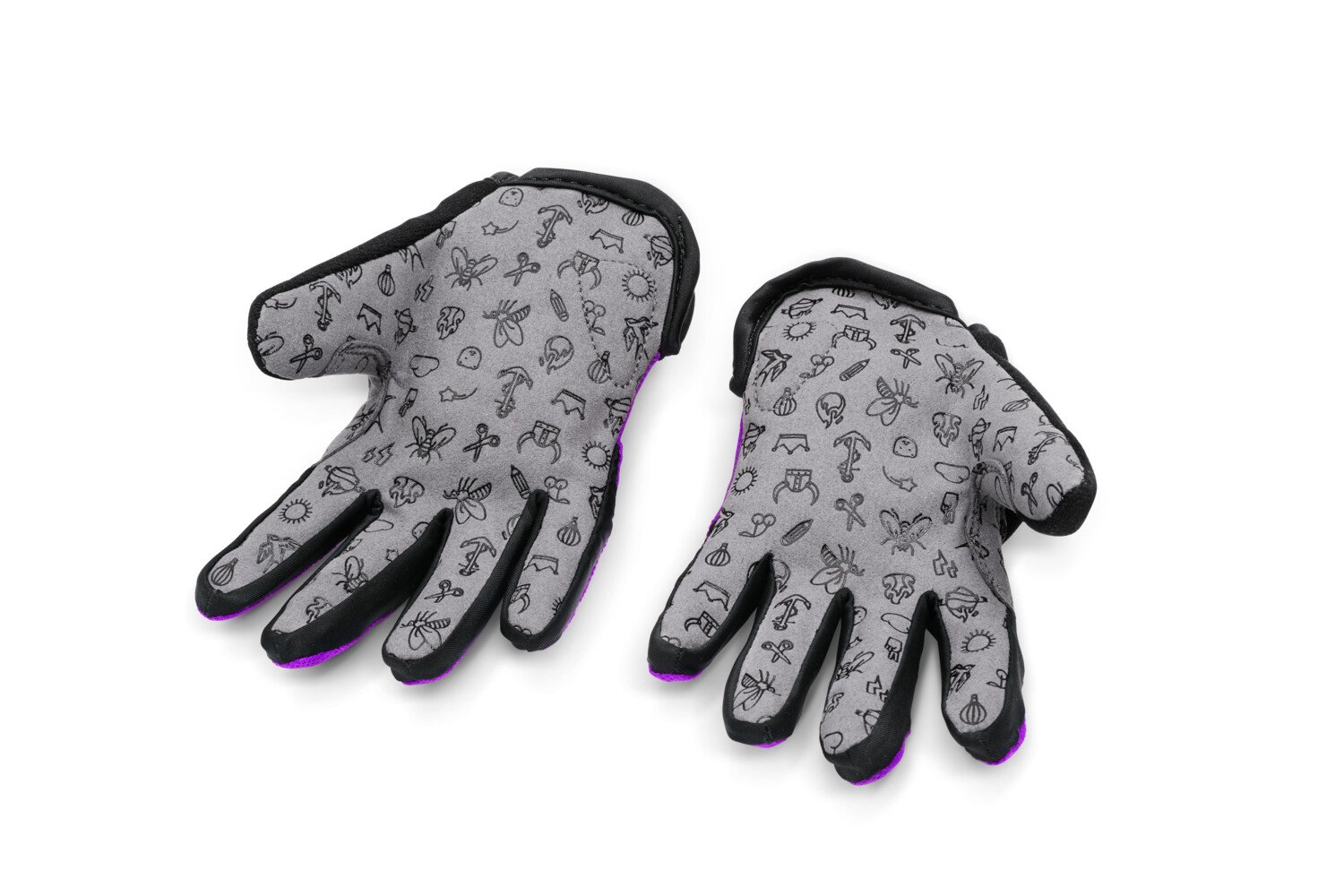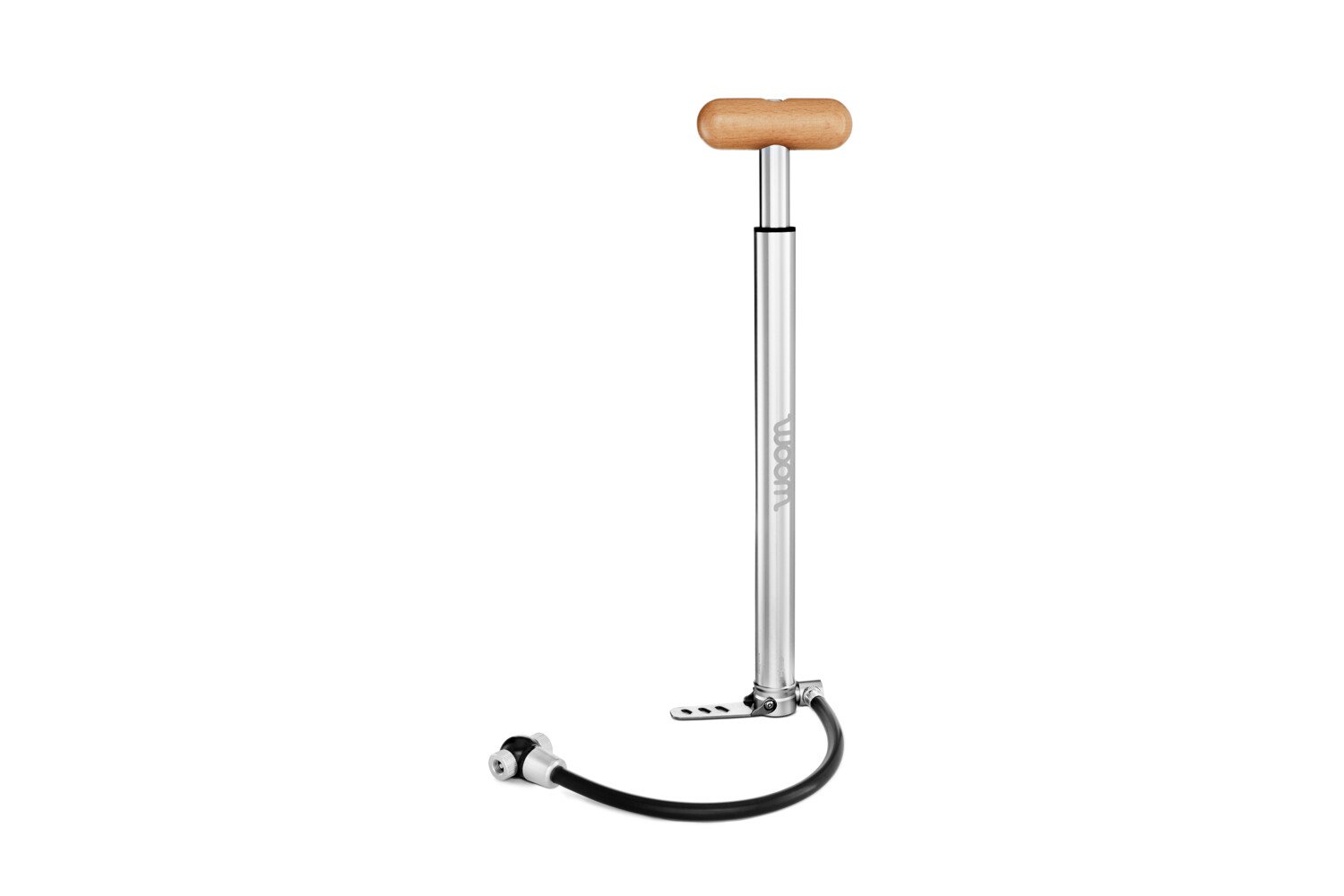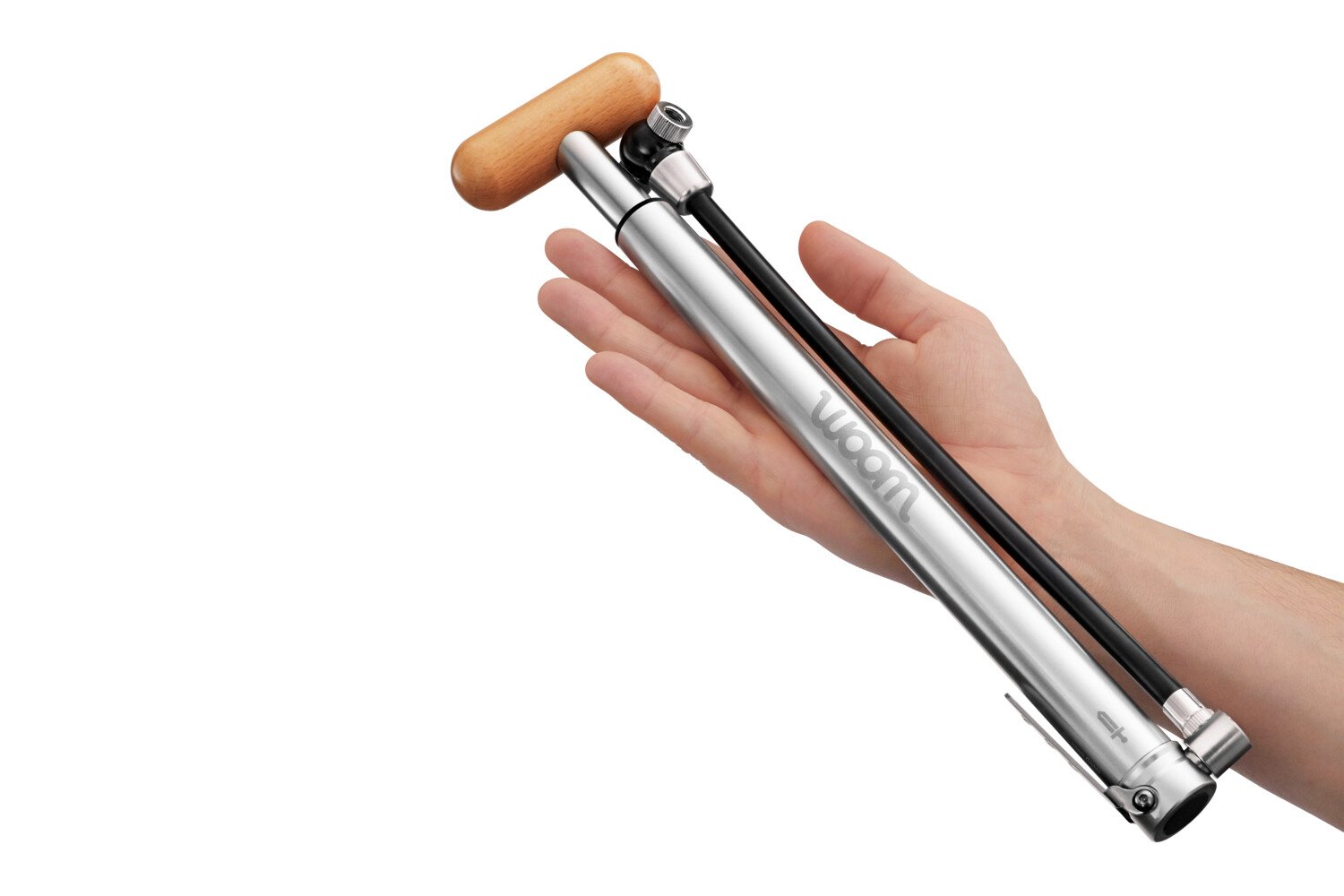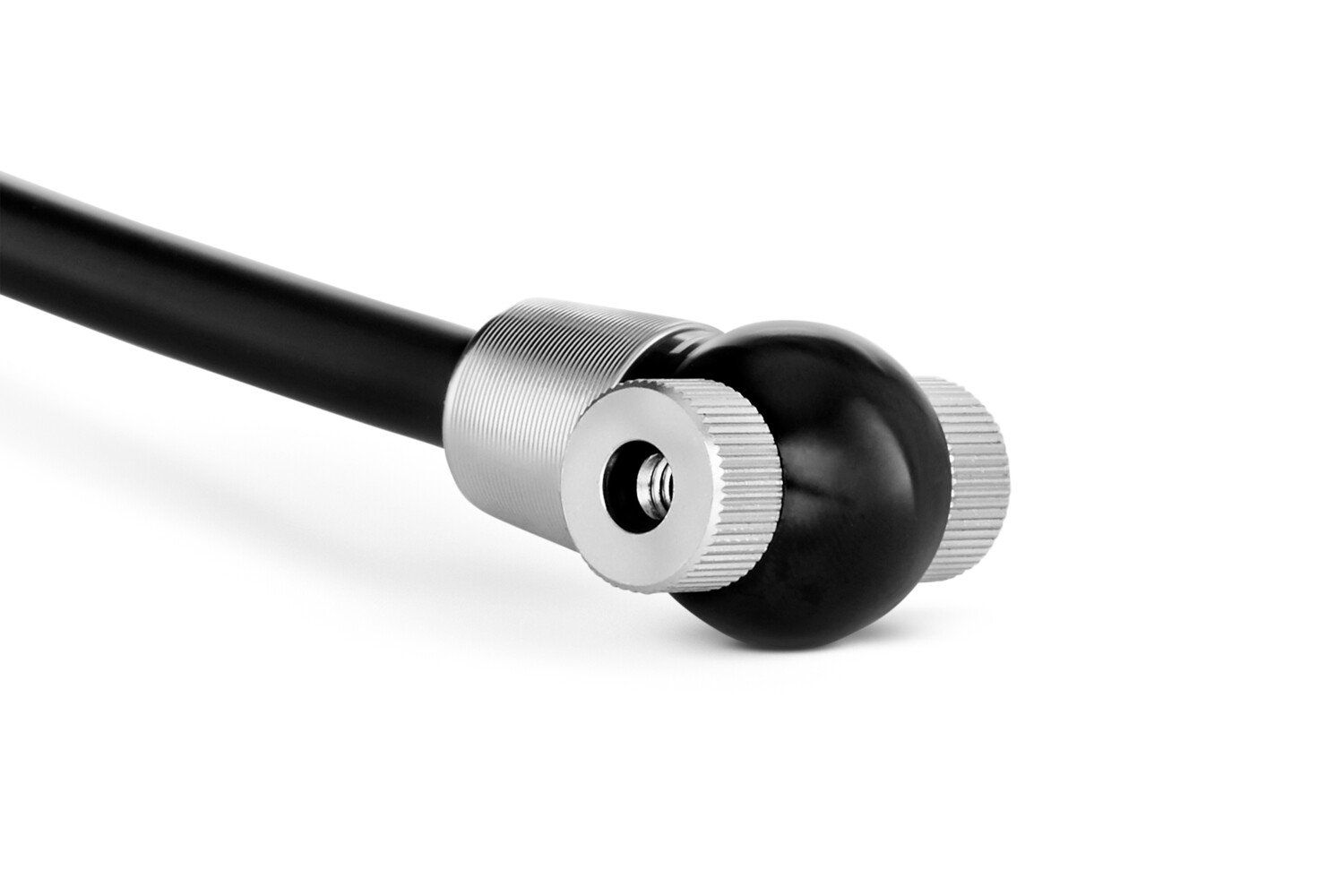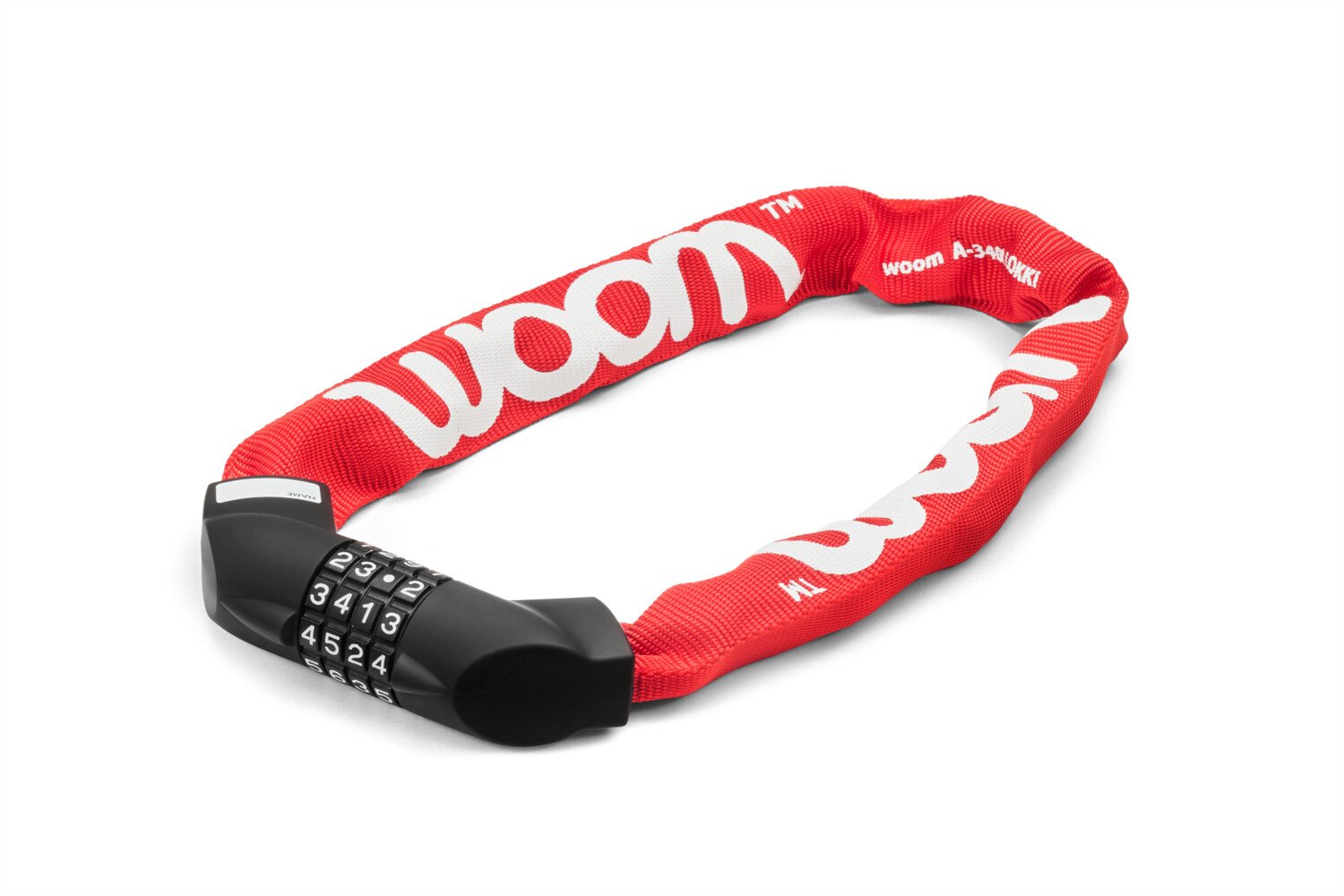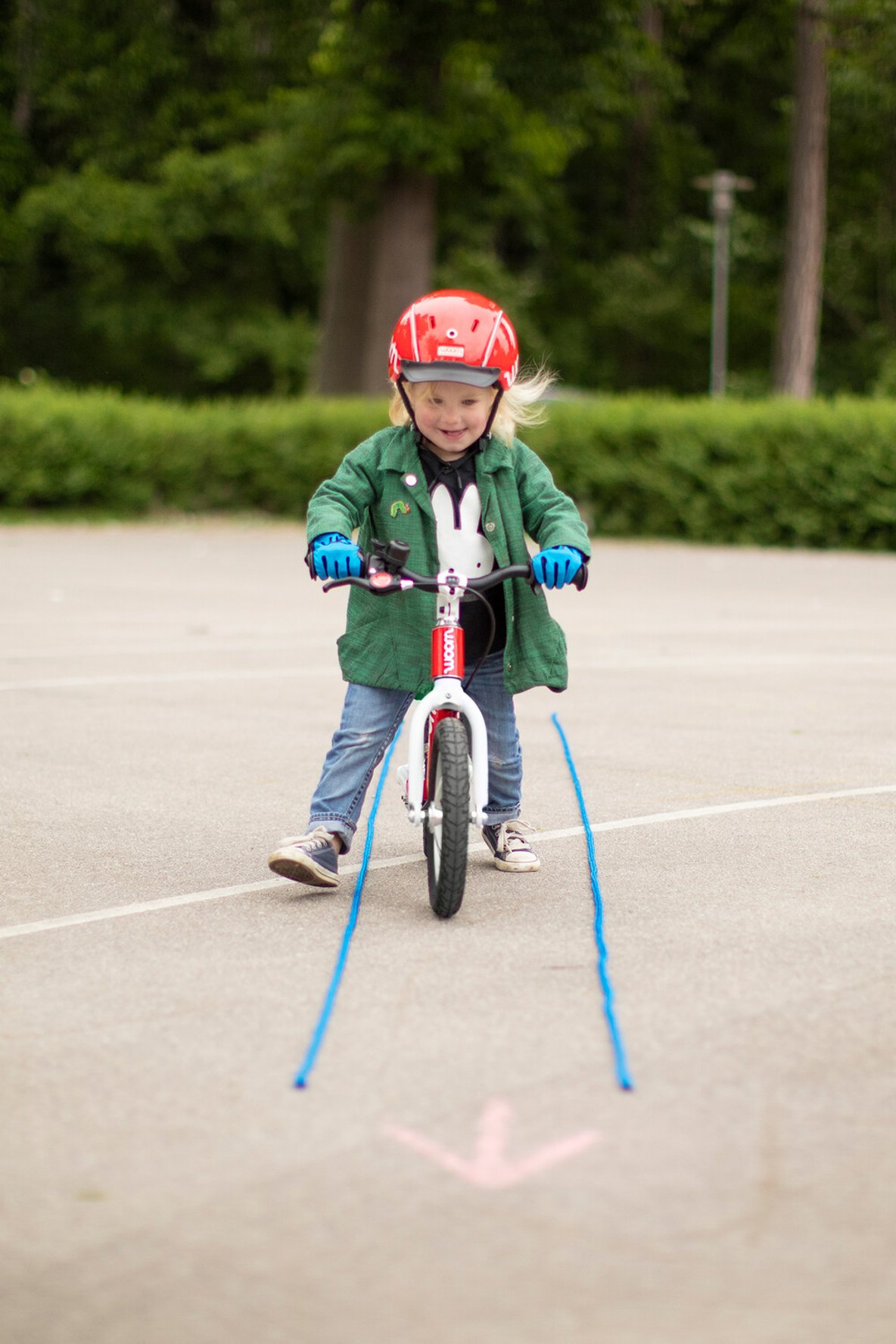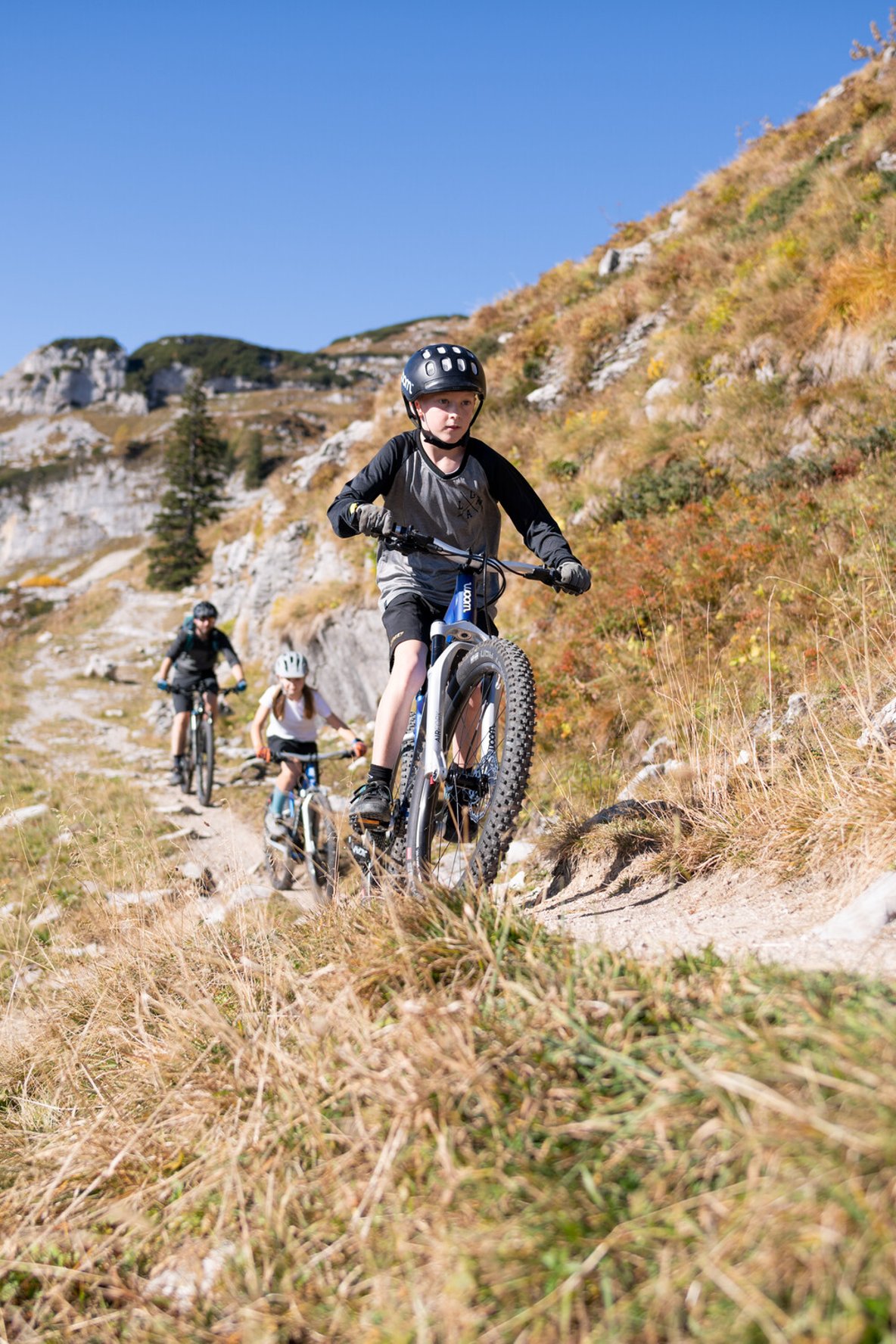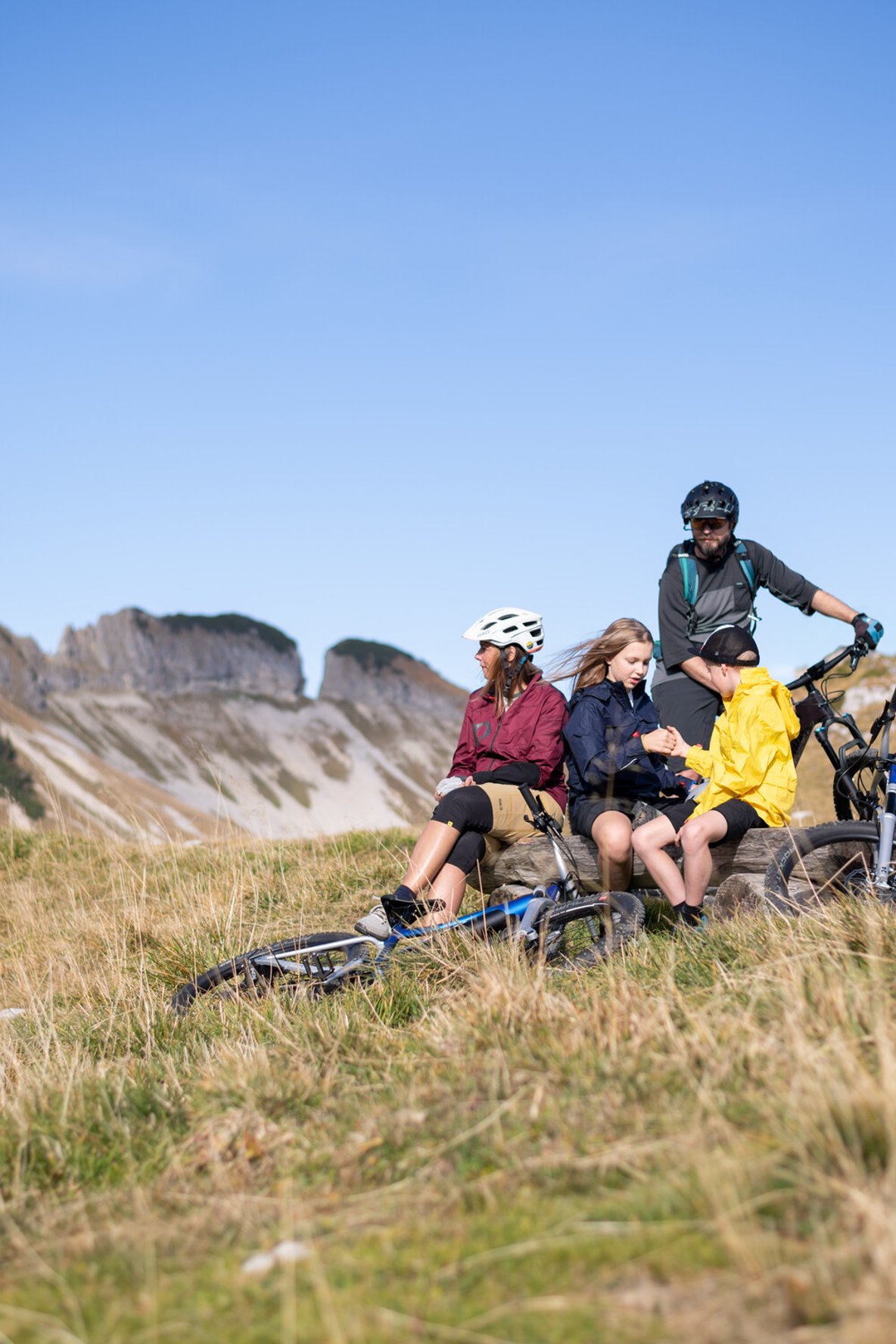Your kit list for a family bike ride
Kids feel so cool and grown up when they have all their own kit. But what do you actually need on your outdoor adventures, and what can be left at home?

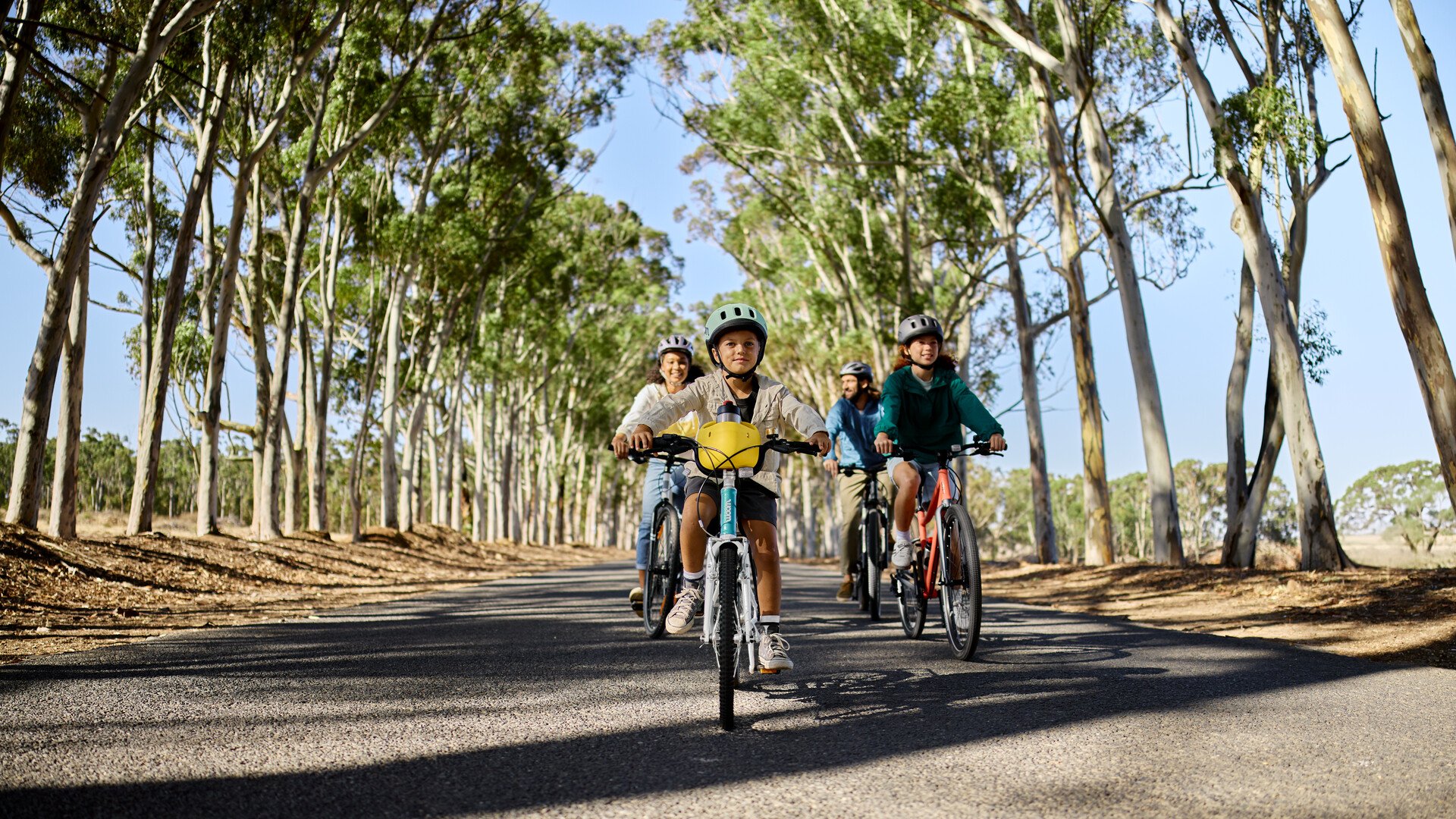
As a general rule, the equipment you take with you depends on the length of your bike ride. You want to be carrying everything you need – but you don't want to end up feeling like a packhorse. We're here to help you get that balance just right! Keep reading for our list of handy gear and woom accessories we recommend to make your bike rides extra fun.
1. Bike basket
Your child needs somewhere to stash their snacks and their favorite cuddly toy – not to mention all the leaves, rocks and conkers they're sure to find along the way. But we don't recommend stuffing everything into a rucksack for your child to wear on their back. This will soon become uncomfortable and make it harder for them to balance. They'll be using up so much extra energy that they'll get tired faster.
What your child needs is a lightweight bike basket on their handlebars like our clever POP Kids' Bike Basket. That way, they can carry their essentials without adding any more weight to their back.
Our basket pops onto the handlebars just like that! And your child can quickly pop it off again if they want to take it with them while they continue their adventure on foot. They can even get creative and customize their basket with our fun POP ONS Bike Basket Charms that are sold separately.
2. Water bottle
Kids think it's so cool to have their own water bottle with a special holder on their bike.
The bike bottle cage for our pure-tasting GLUG Stainless Steel Bottle is designed to make it super easy for your child to slide their bottle in from the side. This means your child always has their water at hand so they can stop for a hydration break at their leisure – even when they've zoomed ahead and left the rest of the family behind.
Just remember that children need more fluids than us adults. Make sure they take at least one bottle of water or unsweetened tea with them on every ride. Plan lots of little drink breaks for the whole family rather than waiting until your child is feeling thirsty.
3. Bell
Whether they're out exploring the great outdoors or cycling on a public road, your child needs a bell on their bike so they can quickly get the attention of other people around them. The melodic VIENNA Bell and loud BING Bell are easy for children to use and have a strong and clear tone to make sure that your child is heard.
When attaching a bell, make sure it's within easy reach of your child's thumb without requiring them to lift their hand off the handlebars. This means they can keep hold of the bars and quickly tug on the brakes if necessary.
Bike bells are required by law lots of countries. >> If you need a bit more guidance on the other equipment that is important when cycling on public roads, check out this video.
4. Bike lights
Sometimes you're having so much fun on a family bike ride that you lose track of time. Or perhaps the planned ride has simply taken more time than anticipated. Either way, the sun is starting to set. Visibility is now key – both to see and be seen.
Bike lights are not just a practical measure to make sure you and your child are visible to other road users – they are also a legal requirement in most countries. And yet many bikes are not fitted with lights as a standard feature – especially mountain bikes.
Fortunately, our CYCLOPE Bike Lights step up to save the day. You don't need any tools to quickly add them to your child's bike and you can charge them up using the USB cable provided.
5. Cycle-friendly clothing
What counts as the right clothing depends on the time of year, the weather and the location (well, the altitude). You also need to think about the fact that everyone has their own sense of temperature, so your child might not always be as warm or as cold as you. And remember that your child will feel warmer when they've been getting active on their bike.
- Weather forecast
Checking what the weather will be doing is just as important as checking your child's bike and selecting a child-friendly route before setting off on a bike ride. This will help you decide which clothes to take and which to leave at home. - Change of clothes
There's never any harm in packing a spare pair of cycling socks for your child. Puddles have something of an irresistible allure when you're young!
A spare T-shirt is a must too – your child should make sure they have a dry top to change into after a dip in the stream so they can keep covered up in the sun. Riding in a wet or sweat-drenched T-shirt is unpleasant and a sure-fire way of getting cold – especially during descents or when riding through shady woodland. - Temperature test
If you're setting off in the morning, make sure you check the temperature quickly before you get any further than your front door. It can sometimes still be a bit fresh first thing in the morning during the spring, autumn and even summer months. Of course, it doesn't matter if your child feels the cold a bit to start with. If they're wrapped up too warm, they'll be overheating before you know it.
A lightweight vest, like our FLARE Reflective Vest, or a thin top with long sleeves, like our OFF Longsleeve Jersey, should do the job on a cool morning.
And we would also recommend a good pair of bike gloves in the right size, like our non-slip TENS Bike Gloves, to keep your child's fingers warm. The silicone print will also help them keep a firm grip on the handlebars for the entire ride.
If you're wondering what you can do to avoid colds on winter cycling adventures with your child, check out the top tips from Dr. Katrin Kollegger in this >>article.
6. Bike tools
It's always a good idea to pack a small bike pump like our AIRFLO Bike Pump, a repair kit, a spare tube and a multi-tool just in case. It's better to be safe than sorry! You don't want to be lugging a whole tool box around with you, so make sure you take sensible precautions. We'd recommend that you check the tires a few days before a big adventure and head to a garage for a full check-up ahead of the first ride of the season.
We recommend that you run through a quick safety check before every ride to make sure that everything is working as it should be. Just remember... screws, brakes, air!
1. Are all the screws and quick-releases done up tightly?
2. Are the brakes working perfectly?
3. Are the tires well pumped up? Is there any sign of damage to the rubber?
7. Bike lock
Route choice and destination determine whether a bike lock is strictly necessary on your bike ride. Headed to a playground, zoo or outdoor swimming pool? If so, a bike lock is a must so that you can leave your bikes locked up securely at the entrance.
For visits to friends or family – places where your bikes can be safely stored in a garden or garage – you can sacrifice the additional weight of your bike lock and leave it at home.
8. Tissues, plasters, fully charged phone
Whatever you do, don't forget to pack some tissues or wipes. It's worth putting together a mini first-aid kit complete with plasters and bandages so you're prepared for any stunts gone wrong. And you'll obviously want to have your phone handy. Just don't forget to charge it up before you leave! If you're well prepared, you'll even have the route loaded up so you don't end up getting lost.
Follow this handy little kit list and you'll be all set for your next family bike ride adventures. Enjoy!
